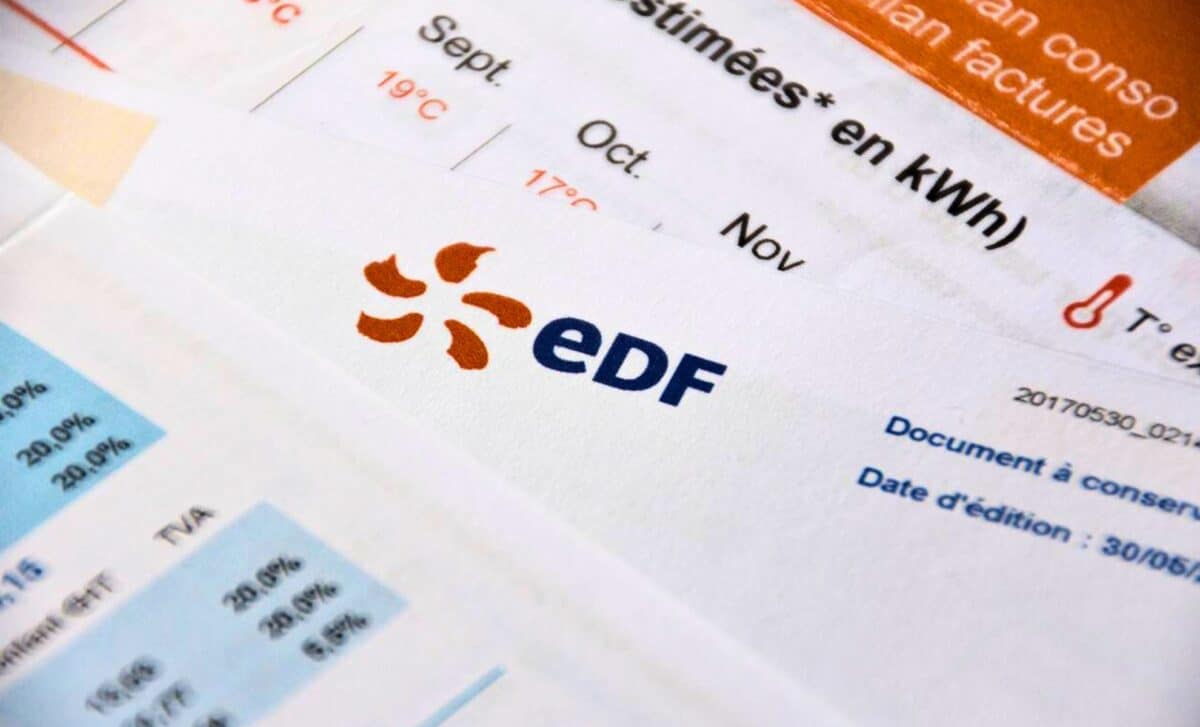Households across the UK could see significant savings on their energy bills as EDF Energy removes its £6.76 daily standing charge for certain customers. The decision follows new regulatory measures introduced by Ofgem, which will require all energy suppliers to offer zero standing charge tariffs alongside existing options. This shift aims to provide consumers with more flexibility in managing their energy costs, particularly benefiting those who use lower amounts of electricity and gas.
Ofgem’s New Requirement: More Choice for Energy Consumers
Under the revised framework, Ofgem has mandated that energy companies introduce tariffs without standing charges by next winter. While some suppliers already provide low or zero-standing charge tariffs, the practice has not been widespread. Ofgem argues that increasing consumer choice will help households select the tariff that best fits their energy usage.
Standing charges are a fixed daily fee applied to energy bills, regardless of how much electricity or gas a household consumes. Currently, the average dual-fuel household pays around £338 per year in standing charges alone. For low-energy users, these fixed costs can represent a disproportionate share of their total bill, making energy expenses harder to manage.
Tim Jarvis, director general of markets at Ofgem, acknowledged the widespread frustration among consumers, stating:
“Many people feel very strongly that standing charges are unfair and prevent them from being able to manage their bills effectively.”
Despite criticism from consumers advocating for a complete removal of standing charges, Ofgem maintains that retaining some level of choice is necessary. The regulator highlights that households with higher energy consumption, particularly those with medical equipment requiring continuous power, could face significantly increased costs if standing charges were entirely abolished. Instead, Ofgem’s approach seeks to balance affordability and fairness by ensuring that a zero standing charge option is available alongside traditional tariffs.
As Jarvis further explained:
“We want to give consumers the ability to make the choice that’s right for them without putting any one group of consumers at a disadvantage. And by having a zero standing charge tariff, we would create that choice for everyone.”
By introducing these changes, Ofgem aims to give customers greater flexibility while ensuring that essential users who consume more energy are not disproportionately impacted by higher unit rates.
How EDF’s Changes Affect Customers
EDF has responded to Ofgem’s initiative by introducing a new tariff that guarantees customers a reduction in standing charges. The company has already implemented a £100 reduction in standing charges through its Simply Tracker Extra Apr26 tariff. This pricing model ensures that customers always pay at least £100 less than the Ofgem price cap, with a discount of £50 applied per fuel.
According to Rich Hughes, Director of Retail at EDF:
“With our new tracker tariff, customers can rest assured that no matter what happens with energy prices over the next year, they will always save £100 against the price cap.”
This approach is intended to provide predictability and financial relief to customers amid fluctuating energy prices. By tracking the standard variable tariff, the new plan ensures that EDF customers can consistently access lower prices compared to the default energy rate set by Ofgem.
Who Benefits from the Removal of Standing Charges?
Zero standing charge tariffs tend to benefit customers who consume lower amounts of energy, such as individuals living alone, holiday home owners, or those who have already adopted energy-efficient measures in their households. The move is seen as a way to encourage consumers to reduce their energy consumption, aligning with broader environmental goals.
Standing charges have long been criticised for penalising those who actively try to cut down their usage by making fixed costs a significant portion of their bills. Ofgem’s decision to mandate zero-standing charge tariffs provides a potential pathway for these customers to reduce their overall costs. However, it also means that tariffs with no standing charge will likely have higher unit rates, making them less suitable for households with higher energy needs.
EDF’s approach takes this into account by maintaining traditional tariffs while offering an alternative for those looking for greater flexibility. As Rich Hughes further explained:
“By discounting standing charges, the tariff also ensures all customers benefit equally from predictable cost savings, while supporting those that are already taking steps to reduce their carbon footprint and improve energy efficiency.”
What’s Next for UK Energy Prices?
While the introduction of zero-standing charge tariffs is a step towards more consumer choice, overall energy prices remain uncertain. The UK energy market has experienced significant volatility over the past few years, driven by global fuel shortages, supply chain disruptions, and regulatory changes. Consumers are increasingly seeking tariffs that offer both stability and affordability, making transparency from suppliers a key concern.
As Ofgem’s new rules come into effect, other major energy providers are expected to follow EDF’s lead by introducing similar tariff structures. This could lead to a broader industry shift, offering more tailored energy plans to suit diverse household needs.
For customers considering switching to a zero-standing charge tariff, it is crucial to carefully evaluate their energy usage patterns. While some will benefit from the removal of fixed costs, others may find that the higher unit rates outweigh potential savings. Households should compare available tariffs and consider whether a standing charge-free plan aligns with their consumption habits.









